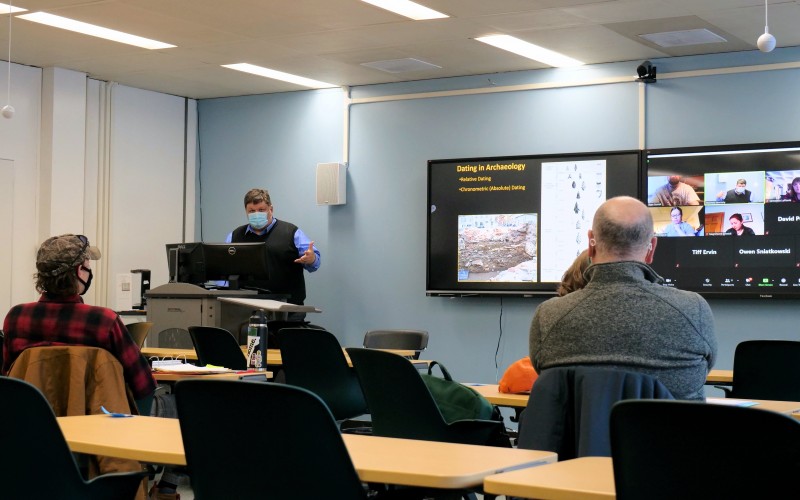Below are some instructional strategies that we have been hearing from keeping “ear to the ground” in national conversations. As we make the move to virtual teaching, our practice will, inevitably, change. Bearing in mind that we are not aiming for online but, rather, virtual learning, there will be some differences from our usual practices. The Canvas support team can hold a workshop session (in-person or Zoom) for you on any of these topics and point you to additional resources:
Reach out to your students: if you haven’t done so, or if you did it last week, now would be a good time to send a reassuring email; open a line of communication with your students letting them know that you are thinking about them and that you are working on the course. One important part of online teaching is figuring out how to provide the kinds of care that we provide with in-person courses; it’s fundamental for student success, learning, and retention. This blog post provides a good way to think about the importance of establishing care in your plan for continuity.
Consider cutting coverage: You will not cover everything that you had planned to cover this term. As you cut, don’t just think about what content is most important. Think about what will work best for you with the resources that you and your students now have.
Broaden your ideas about instructional materials: You have the capacity to write content and create video lectures, but be aware that there are viable resources online that you can direct students to: text resources to which you can link, YouTube videos, Films on Demand, and Open Educational Resources like Kahn Academy.
Set and communicate your expectations for student work. Our students need structure and will no longer have the structure of classrooms. They will also be overwhelmed with new procedures and requirements in 5 courses. Be clear about your expectations for students’ daily work. If something will take an hour to complete, tell them that. Be prepared to remind your students about expectations often.
Think about course community. If you try something new for your courses, make it discussion forums. Give your students a chance to reconnect at the start of the course, and maybe even share what they are thinking about the situation. Use forums to stimulate asynchronous discussion.
Rethink assignments: Given student limitations, consider: what is the most essential part that they need or that you want them to do? Consider doing portions of the work for them, and letting them focus on other portions. For instance – complete the lab or data collection for them, crunch the data, and let them focus on the analysis.
Consider moving to open-book for assessments. Students will (likely) have instructional materials out and available in the place where they are studying. How might your assessments be affected by their presence? Rather than viewing this as a negative, see this as an opportunity to consider how you can build your assessment to embrace this situation.
Be transparent, especially about grading. Our students are very concerned about this; be clear about how they are being assessed. If you haven’t tried assignment rubrics and are feeling comfortable with Canvas, now would be a good time to try to work with them. It goes without saying, but when in doubt be generous with them. By usual policy we are not to send grade information to students via email.
Above all, be kind and generous, with yourself, with your students and with each other. We are in this together and we will get through it. Stay with it!


